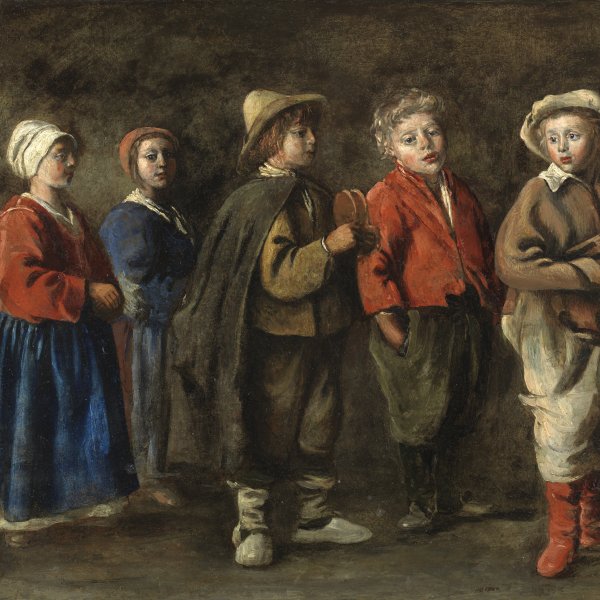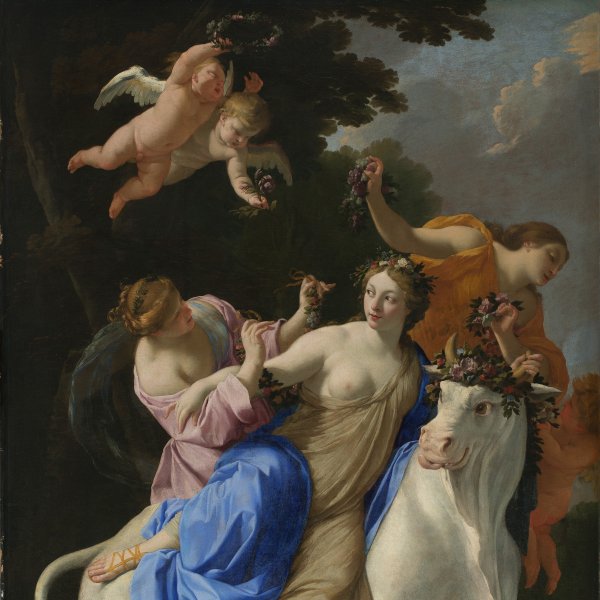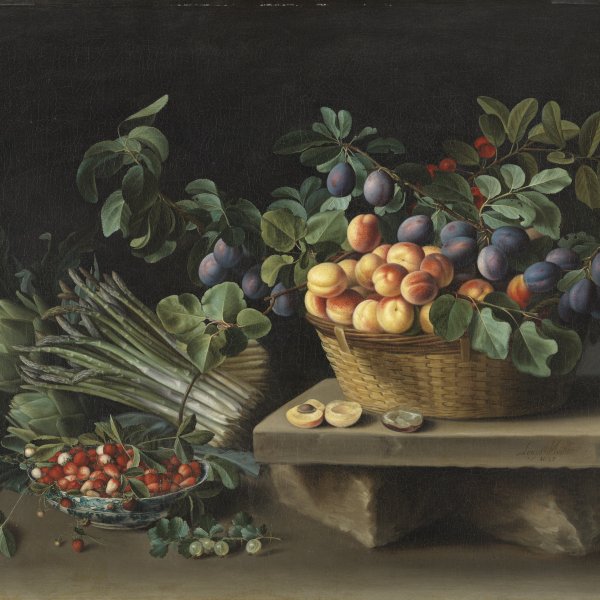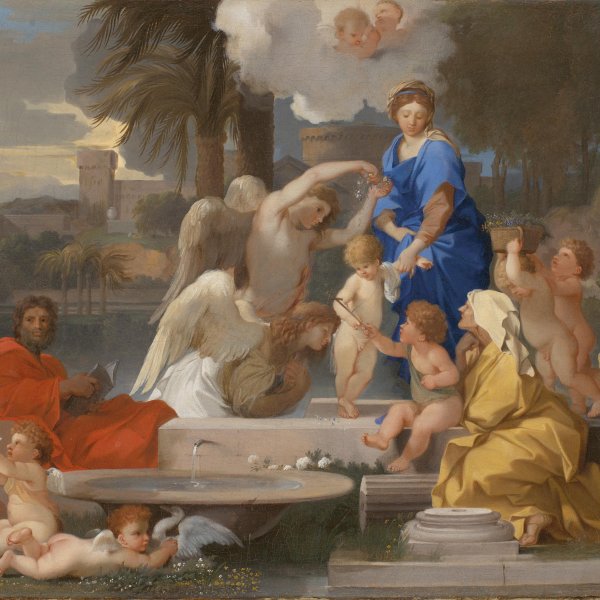Chinese Bowl with Flowers
1640
Oil on canvas.
53.2 x 66 cm
Museo Nacional Thyssen-Bornemisza, Madrid
Inv. no.
223
(1970.18
)
Room 21
Level 2
Permanent Collection
Jacques Linard was one of the forerunners in France of a genre that reached its high point during the 17th century. Little information is available on his early years, although he is known to have been living in Saint-Germain-des-Prés in Paris in 1626 among the sizeable community of northern artists in the city. His first known still life dates from 1627, while four years later he was appointed painter and valet de chamber to the king, a fact that suggests that Linard was well connected in court circles. We know from a series of documents that the artist maintained good relations with the leading painters of his day, who appreciated him.
Among the sources that inspired Linard’s compositions, the influence of Flemish art is evident. He may have been familiar with this school through the Flemish community in Saint-Germain-des-Prés or through the flourishing art market for northern paintings that existed in Paris at the time. His works of the late 1620s reveal the influence of painters such as Ambrosius Bosschaert and Velvet Brueghel, for example, in Basket of Flowers in the Musée du Louvre, a work of this period.
In the present work Linard paints his floral arrangement against a plain setting comprising a dark background against which the principal motif stands out. The flowers in a Chinese bowl rest on a stone ledge with a moulded edge that has some visible chips and nicks. Arranged centrally, the bowl fills the pictorial surface with colour, leaving little empty space on either side. The prevailing colour range consists of warm tones of strong reds and pinks that are used to depict the different types of petals. The symmetry in the composition is also to be found in the arrangement of the flowers, which are organised around a central axis crowned by a large, compact flower in the shape of a red ball with some small white blooms just below it and a compact group of roses and cornflowers at the bottom. The artist uses a Chinese bowl to contain the flowers, painted in blue tones with figures in a rustic boat. This delicate, costly object, which would have been rare in its day, is also to be seen in a painting by Linard in the Musée des Beaux-Arts, Strasbourg, dated 1638, again from the artist’s mature phase. In the Strasbourg painting the bowl contains fruit rather than flowers, which in that particular composition symbolise taste. Dating from around 1640 is a Basket with Flowers (private collection) in which the artist repeats the arrangement of the flowers seen in the present painting.
Mar Borobia
Among the sources that inspired Linard’s compositions, the influence of Flemish art is evident. He may have been familiar with this school through the Flemish community in Saint-Germain-des-Prés or through the flourishing art market for northern paintings that existed in Paris at the time. His works of the late 1620s reveal the influence of painters such as Ambrosius Bosschaert and Velvet Brueghel, for example, in Basket of Flowers in the Musée du Louvre, a work of this period.
In the present work Linard paints his floral arrangement against a plain setting comprising a dark background against which the principal motif stands out. The flowers in a Chinese bowl rest on a stone ledge with a moulded edge that has some visible chips and nicks. Arranged centrally, the bowl fills the pictorial surface with colour, leaving little empty space on either side. The prevailing colour range consists of warm tones of strong reds and pinks that are used to depict the different types of petals. The symmetry in the composition is also to be found in the arrangement of the flowers, which are organised around a central axis crowned by a large, compact flower in the shape of a red ball with some small white blooms just below it and a compact group of roses and cornflowers at the bottom. The artist uses a Chinese bowl to contain the flowers, painted in blue tones with figures in a rustic boat. This delicate, costly object, which would have been rare in its day, is also to be seen in a painting by Linard in the Musée des Beaux-Arts, Strasbourg, dated 1638, again from the artist’s mature phase. In the Strasbourg painting the bowl contains fruit rather than flowers, which in that particular composition symbolise taste. Dating from around 1640 is a Basket with Flowers (private collection) in which the artist repeats the arrangement of the flowers seen in the present painting.
Mar Borobia









